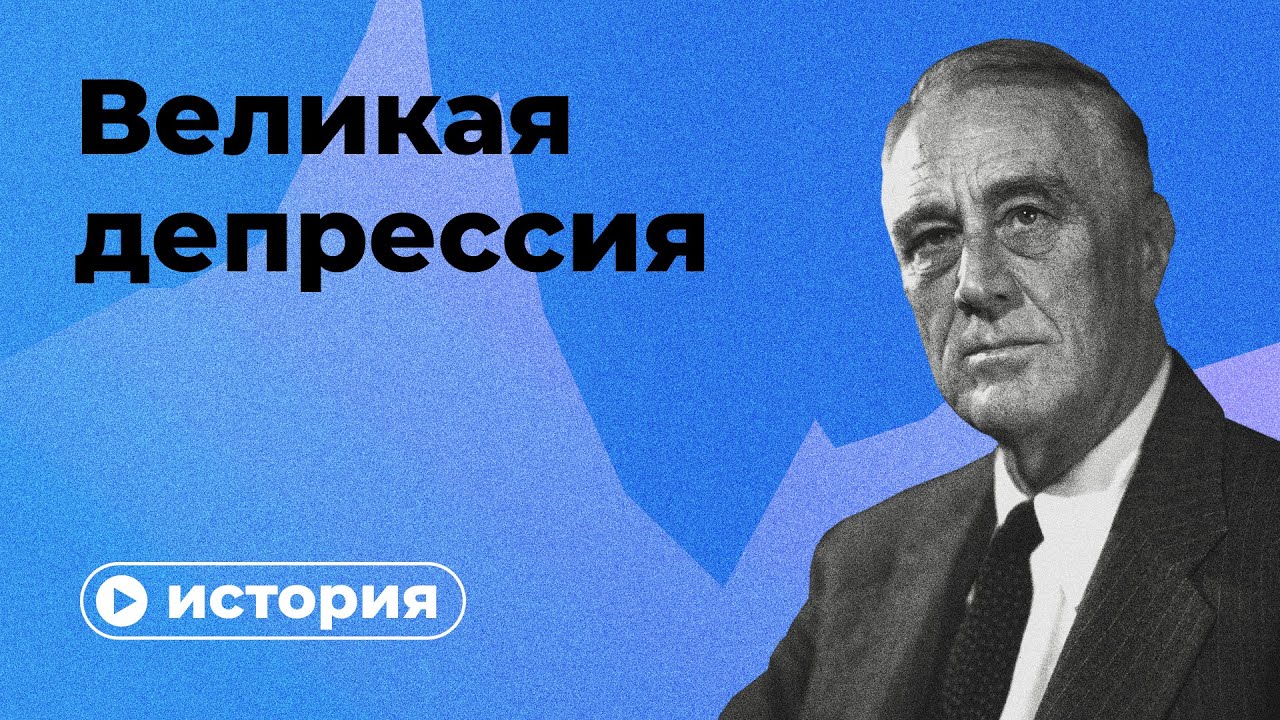The Great Gatsby Plot Summary - Chapters 1-3 - Schooling Online
Summary
TLDRThe video presents a dynamic overview of 'The Great Gatsby,' set in the opulent yet morally ambiguous Roaring Twenties. Narrator Nick Carraway recounts his experiences after moving to West Egg, where he becomes entangled with the enigmatic Jay Gatsby and the tumultuous lives of the wealthy. Through lavish parties and complex relationships, the story explores themes of aspiration, isolation, and the dark underbelly of the American Dream. As Nick navigates his connections with Gatsby, Daisy Buchanan, and her husband Tom, he unveils the stark contrasts between old money and new, while questioning the reliability of his own narration.
Takeaways
- 😀 The Roaring 20s was a time of economic prosperity and social change in America, characterized by excess and glamour.
- 😀 Nick Carraway, the narrator, comes from a wealthy Midwestern family and provides a perspective on the contrasting worlds of old money and new wealth.
- 😀 After serving in World War I, Nick finds himself bored with the Midwest and moves to the East Coast in 1922 to seek excitement.
- 😀 Gatsby is introduced as a mysterious and wealthy figure living next to Nick, drawing intrigue and speculation from those around him.
- 😀 Nick visits his cousin Daisy Buchanan and her husband Tom, who embodies the arrogance and privilege of old money, revealing tensions in their marriage.
- 😀 Tom's affair with Myrtle Wilson, a married woman, showcases his moral decay and highlights the theme of infidelity in the story.
- 😀 The party at Tom and Myrtle's apartment ends violently when Tom reacts to Myrtle's taunt about Daisy, emphasizing the toxic nature of their relationships.
- 😀 Gatsby's lavish parties are symbolic of the era's excess, yet they leave Nick feeling isolated and disconnected from the glamorous crowd.
- 😀 Jordan Baker, a professional golfer, becomes a romantic interest for Nick, but her dishonest nature complicates their relationship.
- 😀 The narrative hints at deeper themes of the American Dream, love, and disillusionment, setting the stage for the unfolding drama in Gatsby's life.
Q & A
What is the significance of the Roaring Twenties in the context of the story?
-The Roaring Twenties represent a time of economic prosperity, cultural change, and social upheaval in America, setting the backdrop for the characters' extravagant lifestyles and the exploration of themes such as the American Dream and social class.
Who is Nick Carraway and what role does he play in the narrative?
-Nick Carraway is the narrator of 'The Great Gatsby.' He is a well-educated and honest young man from a wealthy Midwestern family, providing a unique perspective on the events and characters surrounding him in East and West Egg.
How does Nick's background influence his view of Gatsby and the other characters?
-Coming from 'old money,' Nick possesses a sense of morality and authenticity that contrasts with the superficiality and excess of the wealthy characters he encounters, leading him to both admire and critique their lifestyles.
What is the relationship between Nick, Daisy Buchanan, and Tom Buchanan?
-Daisy Buchanan is Nick's second cousin, and Tom Buchanan is Daisy's husband. Nick knows Tom from Yale, and their interactions reveal the complexities of their relationships, particularly Tom's infidelity and Daisy's unhappiness.
What themes are introduced through the dinner scene at the Buchanan's home?
-The dinner scene introduces themes of wealth, loneliness, and the moral decay beneath the surface of high society, as Tom's racist remarks and his affair with Myrtle highlight the character's flaws and the impact on those around them.
What role does Gatsby play in Nick's life and the overall story?
-Gatsby is a mysterious and wealthy neighbor who becomes central to the plot. His obsession with Daisy and the lavish parties he throws symbolize the allure and tragedy of the American Dream, impacting Nick's perception of wealth and morality.
How is Myrtle Wilson depicted in the story, and what does her character represent?
-Myrtle Wilson, Tom's mistress, is portrayed as desperate for a life of luxury, representing the struggles and aspirations of those seeking to escape their lower-class status. Her relationship with Tom reflects the destructiveness of infidelity and desire.
What does the green light symbolize in the narrative?
-The green light across the bay represents Gatsby's unreachable dreams and desires, particularly his longing for Daisy. It symbolizes hope, aspiration, and the elusive nature of the American Dream.
How does the party hosted by Gatsby differ from the gathering at Tom and Daisy's home?
-Gatsby's party is characterized by opulence and a mix of guests from various backgrounds, emphasizing the carefree spirit of the Jazz Age. In contrast, Tom and Daisy's gathering feels more controlled and reflective of old money's exclusivity and societal norms.
What does the Valley of Ashes represent in the story?
-The Valley of Ashes symbolizes the moral and social decay resulting from the uninhibited pursuit of wealth. It serves as a stark contrast to the opulence of East and West Egg, highlighting the consequences of the characters' excesses.
Outlines

This section is available to paid users only. Please upgrade to access this part.
Upgrade NowMindmap

This section is available to paid users only. Please upgrade to access this part.
Upgrade NowKeywords

This section is available to paid users only. Please upgrade to access this part.
Upgrade NowHighlights

This section is available to paid users only. Please upgrade to access this part.
Upgrade NowTranscripts

This section is available to paid users only. Please upgrade to access this part.
Upgrade NowBrowse More Related Video

The Great Gatsby | Chapter 3 Summary & Analysis | F. Scott Fitzgerald

Sverige under mellankrigstiden förklarat | HISTORIA | Gymnasienivå

Krisis Ekonomi Terparah dalam Sejarah - Kisah Depresi Besar (Part 1)

Art Deco in 9 Minutes: Why Is It The Most Popular Architectural Style? 🗽

Великая депрессия за 10 минут

The Great Gatsby | Chapter 1 Summary & Analysis | F. Scott Fitzgerald
5.0 / 5 (0 votes)